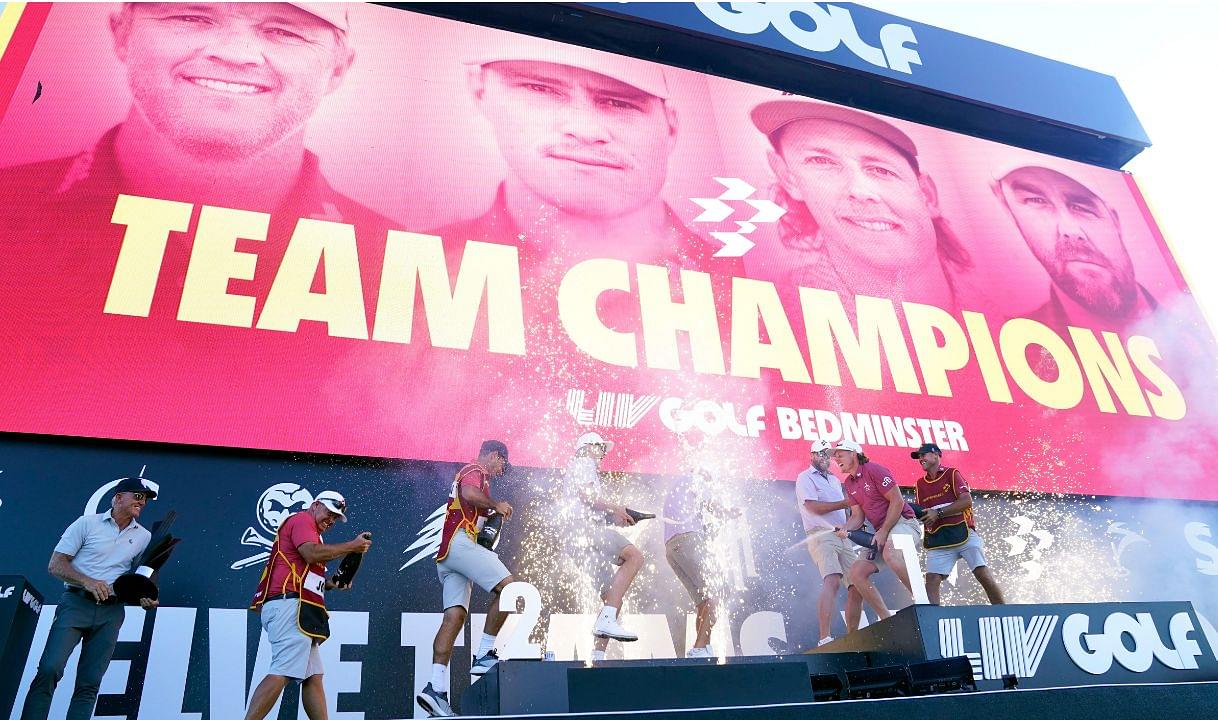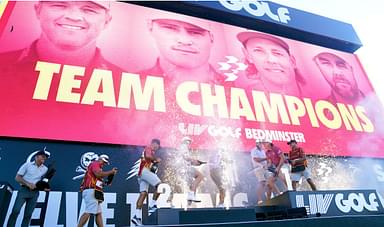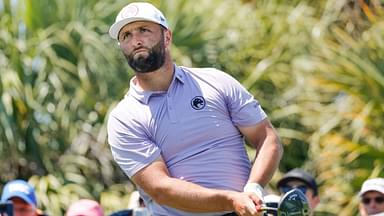LIV’s team format has been its USP since its inception, putting it in the same box, though not comparable to the NBA or the NFL, when it comes to fan engagement. It’s the one edge that the Saudi-backed series has against the PGA Tour. And that gives rise to the question of whether the LIV Golf teams are, in fact, a smart investment?
And though LIV might come off as taking a dive and swimming in Uncle Scrooge’s pile of money, does it really come close to generating profits from its teams much like the other sport teams in the NBA, NHL or Soccer?
LIV Golf’s Team Equity Stake Quotient
When Bryson DeChambeau led Crushers GC won LIV’s Team Championship finale worth $14 million in Miami last week, that prize money did not completely divide among the team members. DeChambeau, Paul Casey, Anirban Lahiri and Charles Howell lll were only rewarded 60% of the total prize money, the rest? Well, that went to the Crushers team entity – of which Bryson holds an equity stake, which means that DeChambeau will be getting a portion of the profit because he made that investment.
It is clear what LIV is trying to communicate through this structure: that its teams aren’t just marketing setups, rather they’re brands with well thought out business models. And the team aspect of that model and its capability to attract huge investors stands as the core of that business model.
So when big time players like DeChambeau, Brooks Koepka (owns a stake in Smash GC), Dustin Johnson (holds a portion of Four Aces), were persuaded to join LIV Golf, this investment that provides an opportunity to bring in profits when the teams go up in value with time, was among the major driving forces of that decision.
Although LIV Golf owns the majority stake in these teams, players have the option to either retain their equity for ongoing revenue or cash in for substantial earnings when teams are sold. So what would attract a big time investor and how would it compare to, say, owning a team or a stake in another sports team?
Is LIV Golf a wise investment?
The weight of this decision would inevitably depend on what possible returns the investment would generate in the next 5-7 years. That would rely on how much the teams grow within that time period. And that would in turn depend on how much flexibility the teams have within the structure of the tour. For instance, besides the prize money that the Crushers GC get for winning the annual team championship, can the team benefit from their captain Bryson DeChambeau’s popularity in terms of selling merchandize or developing team amenities like a facility where fans get to watch their teams play, or even get an opportunity to take golf lessons from the team stars themselves?
Such an arrangement would translate into an active investment where the investor is actively involved in building something that can transform the face of the sport forever.
The revenue or profit coming in should therefore be relying on the potential of the team to grow in value over time and not just dependent on the fame of certain players.
With the PGA Tour-LIV Golf merger awaiting a proper framework agreement, the chances of LIV getting access to PGA Tour’s broadcasting and sponsor pipelines would be a big plus if the merger goes through.
All in all, LIV teams are like cryptocurrency, the excitement regarding it is there and investing early on might be fruitful given the potential they hold, but due to the Saudi-funded league being in its early stages and lacking legitimacy vis. a vis. the OWGR, it is a bet involving high risk. Naturally, the people involved in that gamble wouldn’t be affected if the LIV teams’ growth doesn’t pan out.








